The necessity of applying protective film on aluminum profiles
The necessity of applying protective film on aluminum profiles
The protective film is one kind of film material with a surface protection function, and it is also one of the most important products in pressure-sensitive adhesives (PSA).
The protective film is usually made of polyolefin plastic film as the base material and acrylic polymer as the base resin of the pressure-sensitive adhesive, which is processed by a coating machine.
The real meaning of the protective film is a temporary protective measure taken to prevent surface scratches during the storage, transportation and circulation of goods, or between the processing steps of the substrate.
The protective film is widely used in the surface protection of aluminum panels, aluminum-plastic composite panels, mirror effect steel plates, color panels, plexiglass panels, decorative panels, aluminum profiles, plastic steel profiles, stainless steel coils, marble materials and display screens.
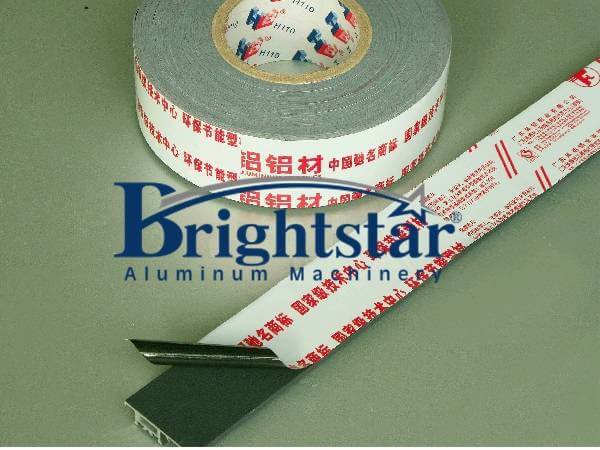
The protective film for aluminum profile is based on a polyethylene (PE) film with a specific formula, polyacrylic acid (ester) resin is used as the main material of the pressure-sensitive adhesive, and several specific adhesives are coated, slit, and processed in packaging and other processes.
The protective film is soft in nature, good in adhesion, easy to stick, and easy to peel off.
The pressure-sensitive adhesive has good stability and will not have any adverse effects on the surface of aluminum profile to be filmed.
1. The structure and material characteristics of the protective film
The protective film is generally a polyacrylate type protective film.
The basic structure of the polyacrylate type protective film (Figure 1): from top to bottom: isolation layer; printing layer; film; adhesive layer.
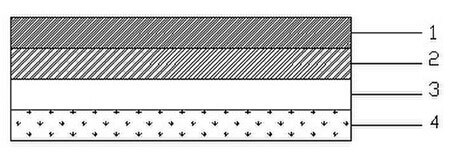
1.1 Film
The film generally uses low-high-density polyethylene (PE) and polyvinyl chloride (PVC) as raw materials.
It can be obtained by extrusion molding, injection molding, and blow molding.
Because polyethylene is cheaper and more environmentally friendly, 90% of the film is made of polyethylene, mainly by blow molding.
There are many types of polyethylene, with different melting points and densities.
1.2 Adhesive
The key to the quality of the protective film is determined by the characteristics of the colloid.
There are two kinds of pressure-sensitive adhesives used in the protective film: solvent-based polyacrylate glue and water-soluble polyacrylate glue, which have different characteristics.
1.2.1 Solvent-based polyacrylate glue
Solvent-based polyacrylate glue uses organic solvents as a medium to dissolve acrylic monomers.
The colloid is very transparent, has a relatively low initial viscosity, and is very resistant to aging.
It can last up to 10 years, when exposed to ultraviolet rays, the colloid will slowly Curing.
After the film is corona treated, the polyacrylate glue can be directly coated without primer.
Polyacrylate glue is hard and has poor fluidity, so the adhesion of the protective film is slower.
Even after pressure, the glue and the surface to be attached cannot be fully contacted.
After being placed for 30 to 60 days, it will fully contact the surface to achieve final adhesion,
And the final viscosity is often 2 ~ 3 times larger than the viscosity of the paste,
If the viscosity of the protective film is suitable for the cutting, the end-user may be very laborious when tearing the film, or even cannot be torn off.
1.2.2 Water-soluble polyacrylate glue
Water-soluble polyacrylate glue uses water as a medium to dissolve acrylic monomers,
And basically has the characteristics of solvent-based polyacrylate glue,
But the glue should avoid and reduce contact with water and air to avoid residual glue.
Since water-soluble polyacrylate glue is more environmentally friendly and does not require a solvent recovery device, this glue is often used to produce protective films in developing countries.
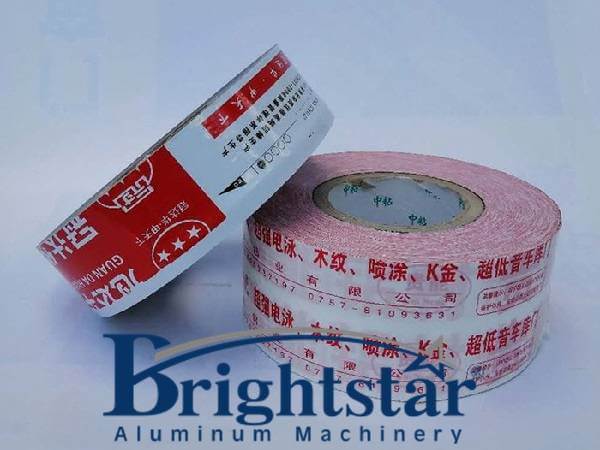
1.3 Characteristics of adhesive
1.3.1 Adhesion
Refers to the force required to peel the protective film from the surface to be attached after a period of time.
Adhesion is related to the material to be attached, pressure, film application time, angle and temperature when tearing the film.
Generally, with the increase of time and pressure, the adhesion will also increase, and the viscosity of the protective film should not increase too much to ensure that there is no residual glue when the film is torn.
Generally, a 180-degree peeling test is used to measure adhesion.
1.3.2 Cohesion
Refers to the strength of the inside of the adhesive.
The cohesion of the colloid as a protective film must be very high,
Otherwise, when the protective film is torn apart, the inside of the colloid will crack and cause residual glue.
Cohesion measurement method: stick the protective film on the stainless steel surface, and hang a certain weight on the protective film to measure how long it takes for the protective film to be pulled off by the weight.
If the adhesion force is greater than the cohesion force, tear off the protective film, and the bond between the glue molecules will break and cause residual glue.
1.3.3 Bonding force
Refers to the binding force of adhesive and film.
If the adhesion force is greater than the adhesion force, tear off the protective film, and the bond between the glue molecule and the film will be broken, resulting in residual glue.
1.3.4 UV resistance
Polyacrylate glue is UV resistant. After the transparent polyacrylate glue protective film is added with a UV stabilizer, its UV resistance can reach 3 to 6 months.
Generally, climate simulation equipment is used to test the UV resistance of the protective film.
The temperature and radiation intensity is adjusted and the condensed water is used to imitate climate change.
Every 3 hours of high humidity environment and 7 hours of ultraviolet radiation is a cycle, and a 50-hour cycle experiment is equivalent to approximately leaving it outdoors for a month.
2. Production of protective film
2.1 Production of protective film
In the heated drum, the polyethylene particles are pushed by the screw to the round die head, and compressed air will blow the molten liquid, through the air cooling, rolled into a film.
The properties of the blown film in the transverse and longitudinal directions are different.
The elongation in the machine direction of the protective film is generally greater than 180%, and the elongation in the transverse direction is generally greater than 380%.
However, the elongation is inversely proportional to the mechanical strength.
If the elongation is too large (such as greater than 500%), the mechanical strength of the film will often be very low, which will easily cause the protective film to be damaged during transportation and handling,
And when unwinding, the protective film is easily stretched, after cutting, the protective film will rebound and warp.
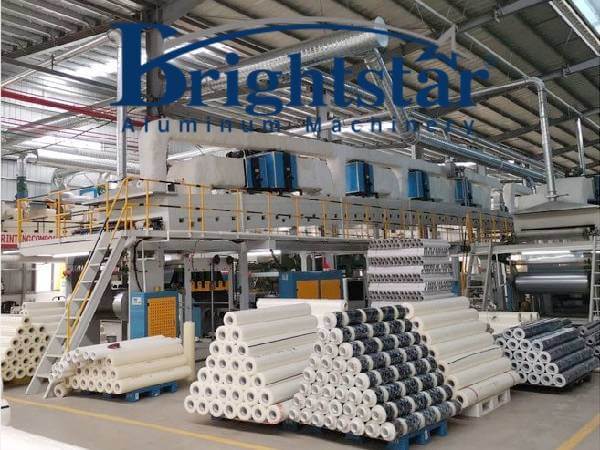
2.2 Coating of adhesive
The corona-treated film can be directly coated with polyacrylate glue, no primer is required.
Then the protective film passes through a long air heating channel (80 ~ 120°C) to ensure that the water or solvent is evaporated, and then the protective film is cooled by a cooling roller, and finally rolled up.
2.3 Rewinding, slitting and storage
The protective film is directly rewound on the coating machine to the length required by the customer.
If the customer needs the protective film to have a beautiful appearance and no bubble wrap, it can be rewinded with a high-quality rewinder to ensure that there is no air wrap.
For short protective film (under 500 meters), a straight knife can be used for slitting. Over 500 meters, the heat generated when slitting with a straight knife may melt the polyethylene, making it difficult to unwind, or even tear the film.
The protective film can generally be stored for 12 months at a room temperature of 30°C and no direct sunlight.
The higher the temperature, the shorter the storage period. For every 10°C higher, the storage period will be reduced by half.
3. Application of protective film
Generally, there is a curved roll (Banana roll) on the aluminum profile film application machine to open the protective film to avoid bubbles and wrinkles.
For a low-viscosity protective film, the lower the tension when it is unwound, the better it will be, otherwise, the edges will be warped.
The filming temperature should be higher than 10°C, and the tearing temperature should also be higher than 10°C.
The peeling force is closely related to the speed and angle of the tearing film.
Too low a temperature will harden the protective film and warp the edges.
In this case, apply hot air to heat first, or produce in an air-conditioned workshop.
The hardness of the rubber pressure roller is generally 60A.
When the protective film is rewinding, more or less air is wrapped in the adhesive, causing the rubber surface to be slightly uneven.
If the rubber pressure roller is too soft, it will not be able to effectively drive out the air bubbles and flatten the adhesive.
If the rubber pressure roller is too hard, the pressure generated will not be enough to make the glue and aluminum profile effectively contact, and it is easy to cause the edge of the protective film when edge cutting.
Since the rubber pressure roller will gradually age and harden during use, the rubber roller should be checked and replaced frequently.
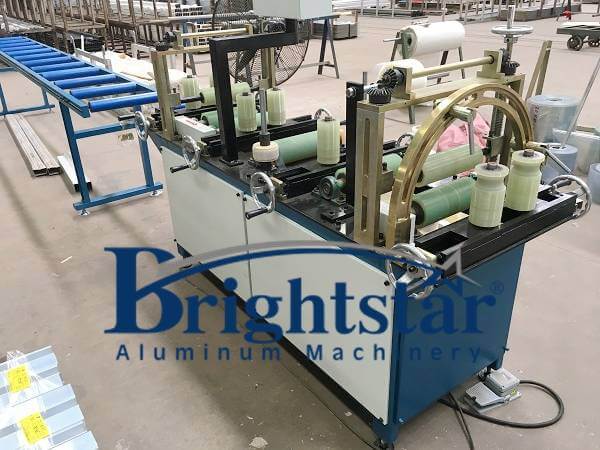
4 Application of protective film in aluminum industry
The protective film is a layer of plastic film sticking to the aluminum material.
The purpose is to protect the surface of the aluminum profile from damage during a series of processes such as handling, storage, transportation, processing, and installation.
After the aluminum profile is installed, the engineering team tore it off, so that the surface of the aluminum profile is as smooth as new, and it has the desired decorative effect.
There are many types of aluminum profiles on the market, and the surface treatment technology of aluminum materials is constantly improving.
Various aluminum surface treatment technologies include: mechanical polishing, chemical polishing, anodizing, electrophoretic painting, chemical coloring, fluorocarbon spraying, electrostatic powder coating, wood grain effect sublimation treatment, etc.
Different aluminum profile surfaces need to be selected differently Adhesive protective film.
The protective film products generally have 4 series of low viscosity, medium viscosity, high viscosity and extra high viscosity; the colors are transparent, milky white, blue, black and white, etc.;
The thickness is 30 ~ 200μm, so it needs to be selected different protective films according to the different surfaces of the aluminum profile.
According to the different surfaces of the aluminum profile and film pressure, the viscosity rise speed is different,
Generally, the protective film should be left for enough time before peeling off the protective film to determine whether the viscosity is appropriate.
For a given surface, it is extremely important to choose the appropriate adhesive and viscous protective film.
The further processing steps are the key to determining the viscosity. The subsequent processing generally includes cutting, bending, drilling, stamping, etc.
Generally, low-viscosity protective films are used for smooth surfaces, such as mechanical polishing and chemical polishing aluminum profiles.
Medium-viscosity protective films are used for medium-rough surfaces, such as anodizing, electrophoretic coating, chemical coloring, fluorocarbon spraying, and powder-coated aluminum profile.
Use high-viscosity protective film for very rough surfaces, such as electrostatic powder coated aluminum profiles.
If laser cutting is required, because the protective film shrinks due to heat, you should use a super-high-viscosity protective film.
In addition to viscosity, users also need to test the tensile strength and elongation of the protective film to ensure that the flexibility and strength of the protective film can meet the requirements of the application.
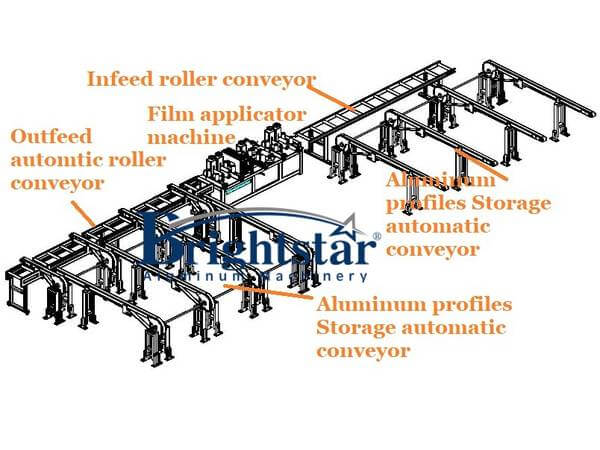
5. Conclusion
During transportation, storage, processing, and assembly of aluminum materials, the surface of the aluminum profile needs to be protected to prevent harmful gases, microbial corrosion, dust pollution, mechanical scratches, scratching, etc.,
So that the surface of the product retains the original high smoothness, improves the yield of secondary processing,
In addition, it can also be used for temporary protection in electroplating, printing, coating, printing and dyeing, etc.
The most commonly used method to protect the surface of the aluminum profile is to put a protective film on the surface of the material to be protected.
The value of the protective film in the aluminum industry is very small, which is only an auxiliary material used by the manufacturer.
However, if the protective film is used improperly or does not meet the requirements, the risk is that it will not only fail to protect but may damage it.
The surface quality of the product brings tangible material loss and intangible brand image loss to users, which ultimately affects the product manufacturer’s price position and product sales.
The correct application of the protective film not only improves the appearance quality of the aluminum profile, facilitates material processing, increases the utilization rate of the material, reduces the production cost of the product, but also improves the brand image of the company.
Brightstar Aluminum Machinery provides not only aluminum profile film sticking machine for our customers, but also aluminum profile packaging solution, aluminum profiles automatic film applicator machine, hot shrink packaging machine, aluminum profiles wrapping machine and aluminum profiles bagging machine.
Contact us now for your aluminum profiles packaging solution!
Completed solution and one-stop service!
Get A Reliable No-obligation Quote

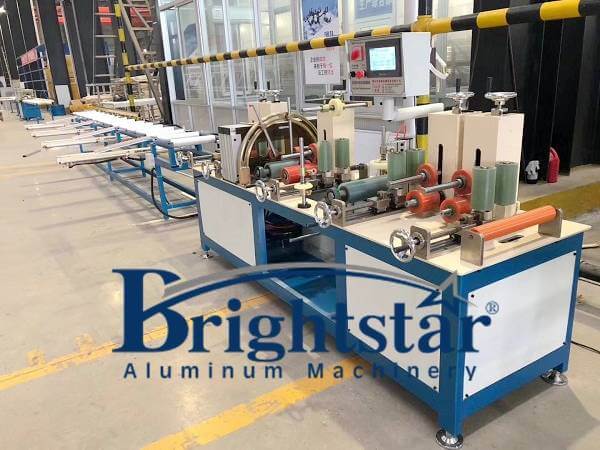
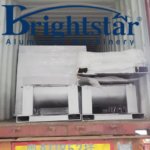

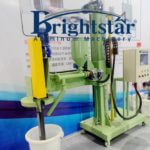
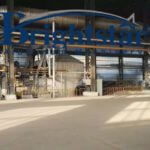

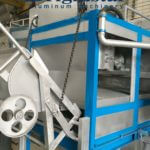



Awesome Article About Aluminium Profiles of Aluminium Industry
Dear Sir
Thank you for your kind comment
Hope it can be of any help
Best regards
Brightstar Aluminum Machinery